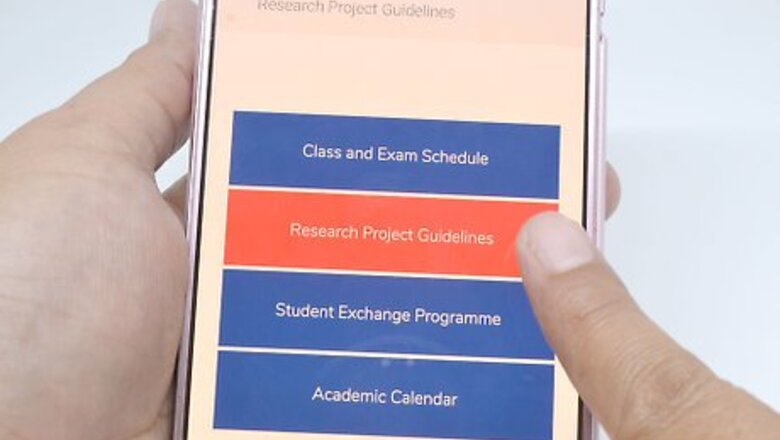
views
- Make sure your project file matches the theme of the project and class subject.
- Try designing an outdoor scene for a nature-themed project, using geometric shapes for a math project, or creating a map for a geography project.
- You can use ribbon, stencils, stickers, and glitter to decorate your project file.
Coming up with Ideas and a Layout
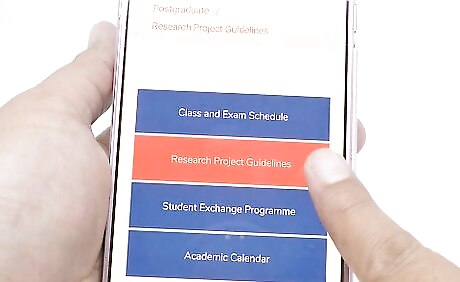
Review the project guidelines. If you’re making the file for a school project, go over the project guidelines provided by your teacher. Be sure to follow any formatting or decorating instructions. For instance, your teacher may not allow clipart or printed images on the file.
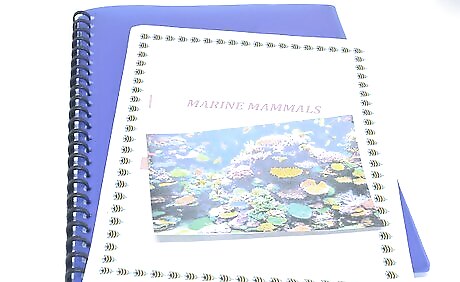
Match the project file to the theme of the project. The style and theme of the project file should have something to do with the project itself so everything is cohesive. For instance, if your project is about marine life, you could make the project file blue and decorate it with pictures of coral and fish. Alternatively, if your project is about a specific book, you could draw pictures of the characters or sketch a scene from the story.
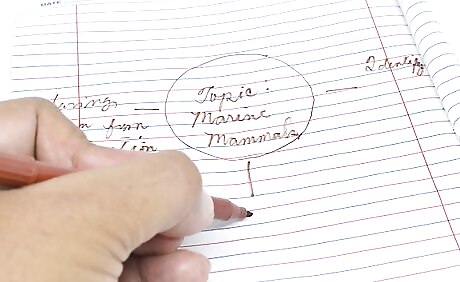
Outline your ideas before you begin decorating. Once you know how you want your project file to look, map it out on a separate piece of paper with the same dimensions as the file. If you outline your design first, it can save you time spent correcting mistakes later. You can use a ruler to figure out how much space you’ll use for each element as well as to help you center text or pictures. You don’t need to add tons of details; simply map out a quick sketch with text boxes, stick figures, and the like.

Don’t make the project file too busy. You don’t have to cover every square inch of space! You can simply add a border and put the title of the project and your name in the middle. Even if you want to make a more detailed design, be sure to leave some blank space on the page. Aim to leave at least a quarter of the page blank. If you decide to add text or a title, leave room around it so it’s easy to read.
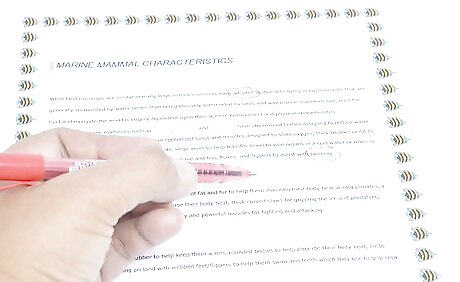
Keep your work as neat as possible. Take your time and pay attention to the details. Check all your text to make sure there are no spelling or grammatical errors. Avoid crossing out misspelled words—cover the area with a new sheet of paper or start over, instead.
Designing the File by Subject
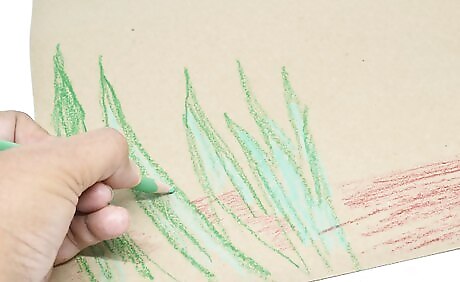
Make an outdoor scene for nature-themed projects. If your project is about nature, the environment, animals, or habitats, you can make your project file look like an outdoor scene. Be sure to focus on the specific element of nature that the project focuses on. For instance, if you’re depicting a bug’s habitat, use a green marker to draw grass of varying lengths “growing” up from the bottom of the page. Add layers of dirt in addition to worms, insects, and plants to fill out the project file.
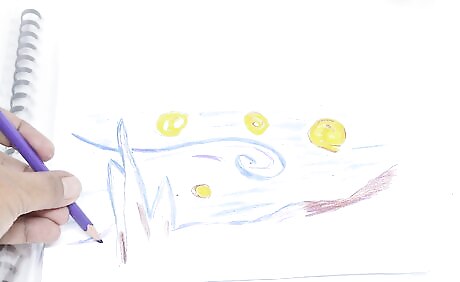
Include lots of images for an art project. If you’re decorating the file for an art project, forgo words and letters and focus on the images. You can make your own artistic creations or even do a rendition of a famous painting or sculpture, depending on the focus of the project.
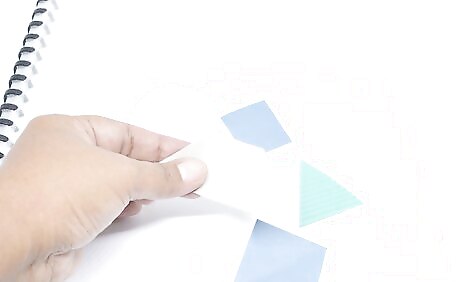
Use geometric shapes or numbers for a math project. If your project file is for math class, you could decorate the file with shapes or numbers. Draw each shape or write each number in a different color to make the file colorful and fun. Alternatively, you could create a border using the number sequence for Pi.
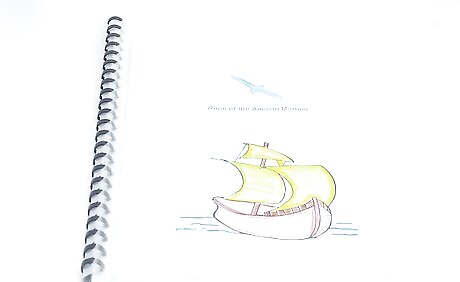
Cover the file in letters, symbols, or characters for an English project. You can incorporate symbols or characters from the book or poem the project is about. For instance, draw an important scene from the book that shows the main characters. If you want to add symbols, choose ones that are central to the story, such as an albatross and ship for “Rime of the Ancient Mariner” by Samuel Taylor Coleridge. If you use letters to decorate the file, be sure to vary the order and use every letter of the alphabet. Use a variety of colors to make the cover more interesting.
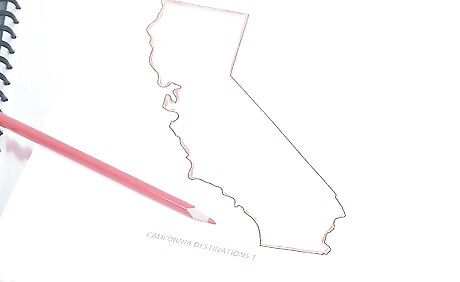
Create a map for a geography project. Look online for a template of a map of the state, country, or continent you’ve been studying. You could also use a world map. Print out the template, then cut it out and trace it onto the file. Color each state, country, or continent in a different shade to make them stand out.
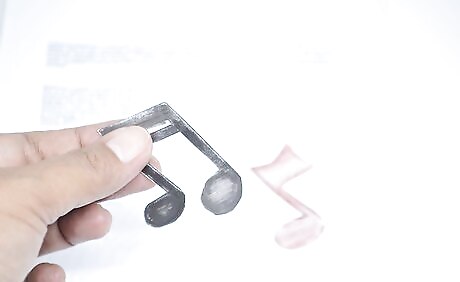
Add a staff and music notes for a music project. What better way to decorate a music project file than with music notes? You could make the music notes random, or even copy the notation from a song featured in the project.

Include important figures or props for a history project. Choose people or items that are central to the time period the project is about. For instance, you could add a photo of Paul Revere if the project focuses on the beginning of the Revolutionary War.

Decorate a science project file with relevant symbols. Choose symbols that reflect the discipline of science the project is about. For instance, if your project is about chemistry, draw pictures of test tubes, bunsen burners, and safety equipment. For an astronomy project, create a map of the stars with important constellations.
Adding Decorations
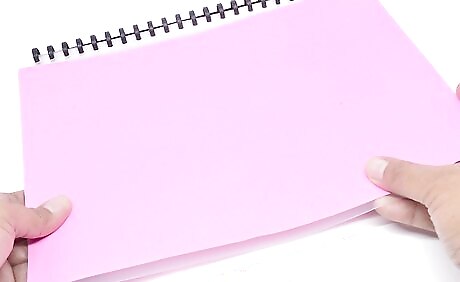
Cover the front of the file with a new sheet of paper, if necessary. If the outside of the file has writing on it or is a different color than you’d like it be, you can cover it. Use a ruler to measure the file, then cut a sheet of construction or scrapbook paper to match the dimensions. Glue the new sheet of paper over the front of the file. You can use white school glue, a glue stick, or rubber cement.
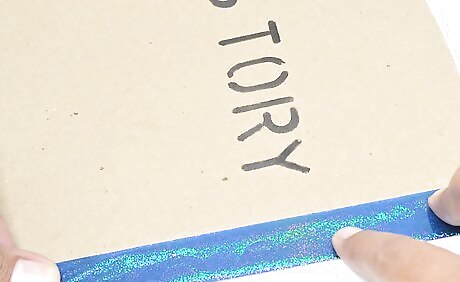
Add washi tape or ribbon to make a border. An easy way to make your project file stand out is to create a border. If you don’t want to draw the border on, you can add one with ribbon or washi tape. Use a ruler to measure the length and width of the project file. Then: Cut the ribbon or tape into four pieces—two that match the length of the file and two that match the width of it. Stick the washi tape to the edges of each side, or use glue dots to attach the ribbon.

Draw the border by hand if you prefer. You don’t have to use ribbon or washi tape to create a border; you can draw your own designs. Use pens, markers, paint, or even glitter glue to create a border for the project file. Ideas for the border design include swirls, shapes, letters, and flowers.
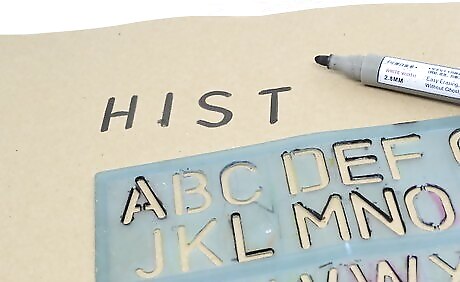
Use stencils or stickers to add text for a professional look. If you need to include the title of the project or other text, you can use stencils or letter stickers to ensure it looks neat. Place the stencil where you want it to go, then fill in the letters with a marker in a color of your choice. Or, simply stick the letter stickers to the page. You could also print out the text on a separate sheet of paper, cut it out, and glue it to the file. Alternatively, if you have nice handwriting, you can write the title or text by hand. You may want to use bubble letters or another technique to make the text stand out.

Include pictures that reflect the theme of the project. If you enjoy drawing, you can add pictures to the project file. You could also cut out pictures from magazines or find them online, print and cut them out, and then glue them to the cover. Adding pictures helps personalize the file and can connect the cover to the info on the inside. For instance, if you are doing the project for a chemistry class, add pictures of test tubes and beakers.
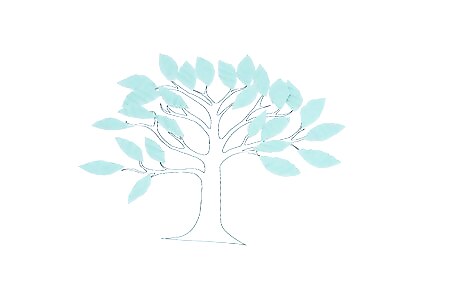
Add extra detail with cutouts. If you want to add another dimension to your project file, you can cut shapes or designs out of a different color paper and glue them on to the project file. You can use white school glue or a glue stick. For example, if your project file is decorated with a tree, cut leaves or flowers out of construction paper and glue them to the branches.

Make the file stand out by using glitter or shiny paper. Glitter is always eye-catching, so it looks great on a project file. Just don’t use too much, or it might be overwhelming—not to mention messy! Use glitter to add accents, such as in a border around the edge. You could also cut out a piece of shiny paper that’s smaller than the project file by about 3 inches (7.6 cm) on each side. Glue it to the center of the file to make it stand out from the background.



















Comments
0 comment